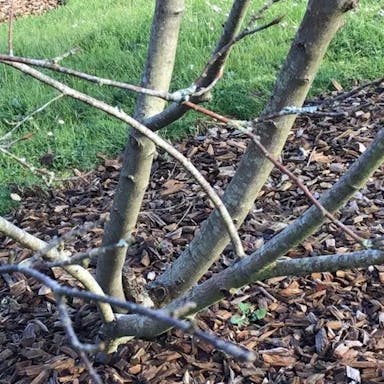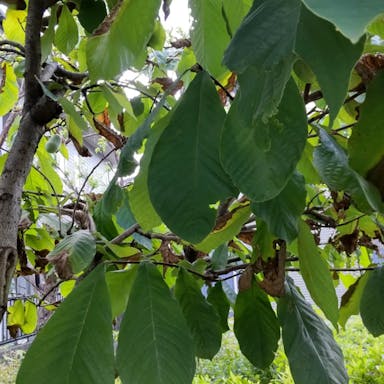Christmasbush, scientifically known as Ceratopetalum gummiferum, is a plant that requires moderate to full sun exposure.
It thrives in areas with ample sunlight, making it suitable for outdoor cultivation.
In terms of cold tolerance, Christmasbush can withstand mild frosts but may suffer damage in severe cold conditions. It is best suited for regions with temperate climates, where the average minimum temperature does not drop below -5°C (23°F).
Regarding heat tolerance, Christmasbush can tolerate high temperatures, but it prefers moderate temperatures ranging from 20-30°C (68-86°F). Extreme heat can cause stress and affect its growth and overall health.
During summer, it is important to provide adequate water to Christmasbush, especially during dry periods. Mulching around the base of the plant helps retain moisture and regulate soil temperature.
In winter, Christmasbush is generally dormant and requires less water. It can tolerate cool temperatures, but protection from frost is advisable.
When it comes to placement, Christmasbush should be planted in well-draining soil with good organic content. It benefits from a sheltered position, away from strong winds that can damage its delicate foliage.
Christmasbush thrives in full sun to partial shade, with a preference for at least 6 hours of direct sunlight per day. Insufficient sunlight can result in weak growth and reduced flowering.












